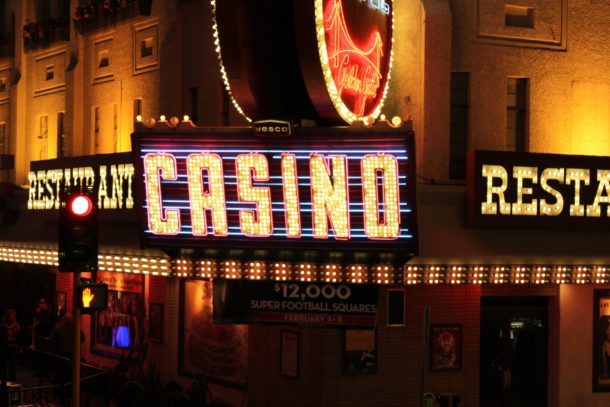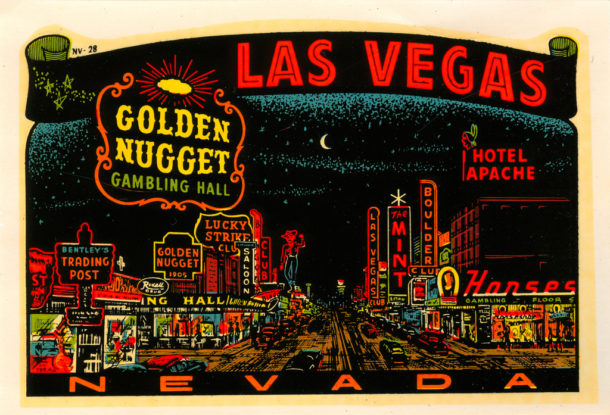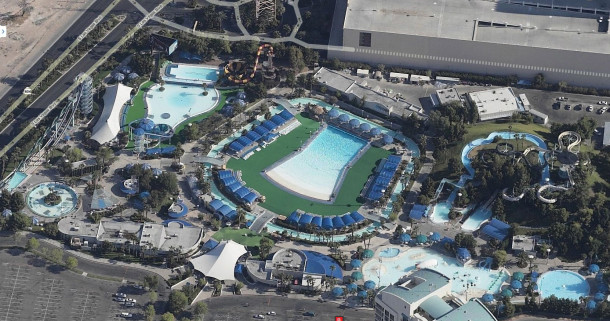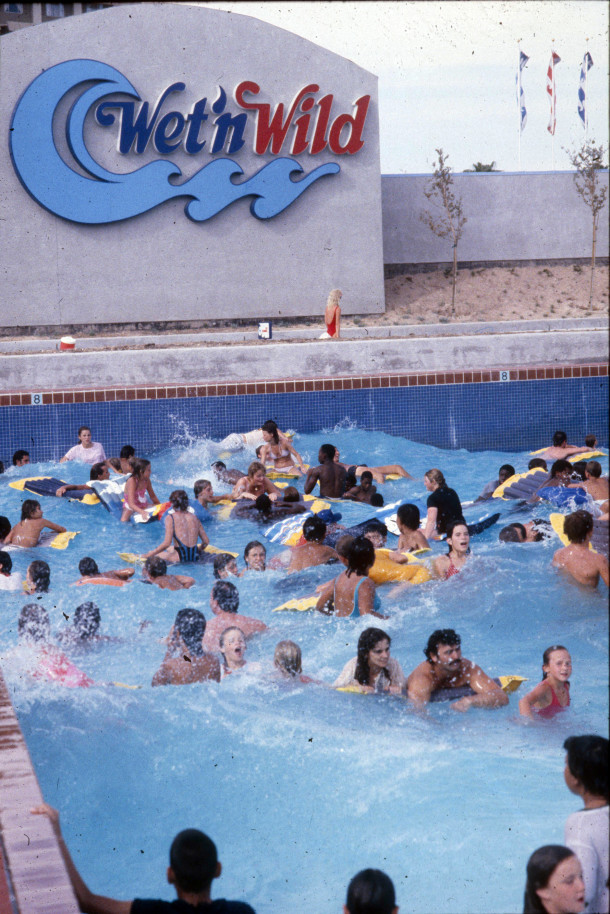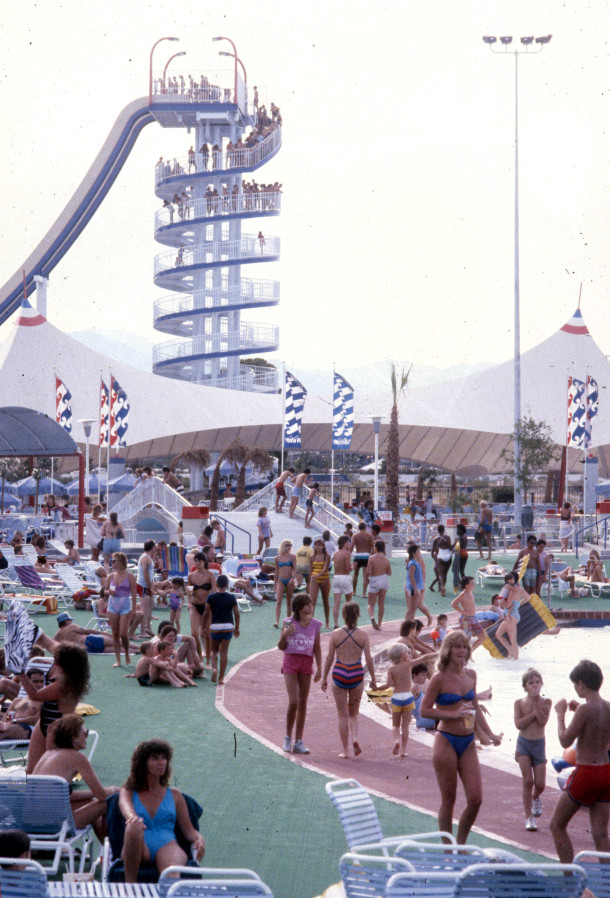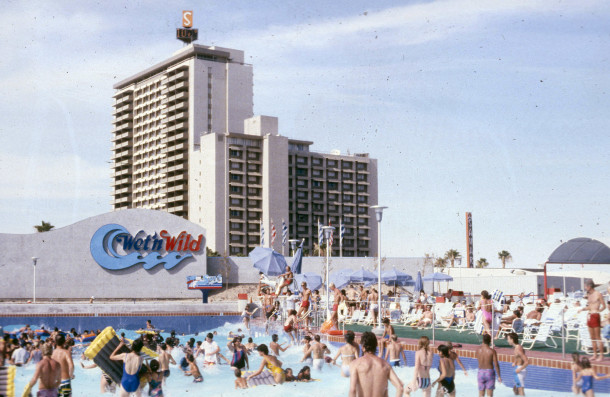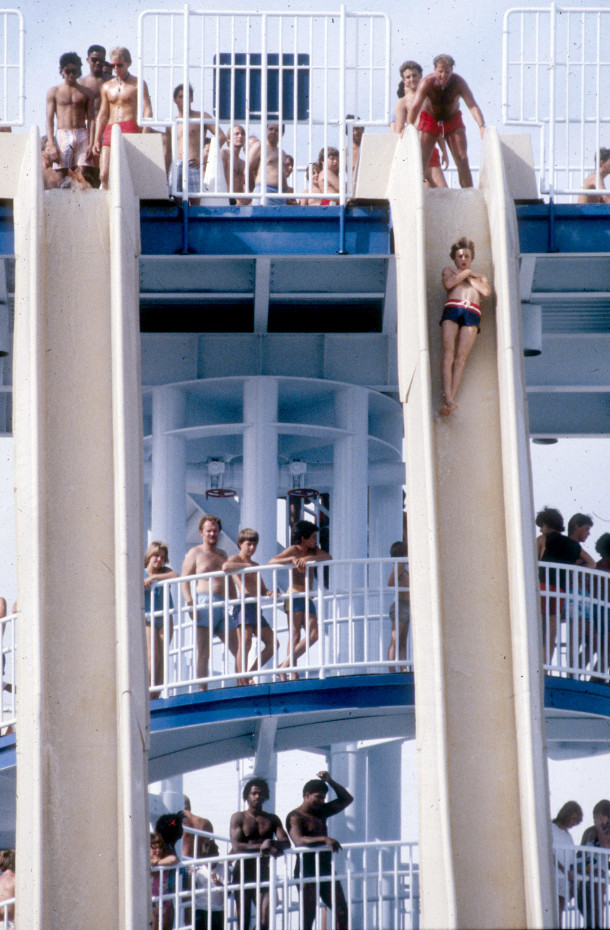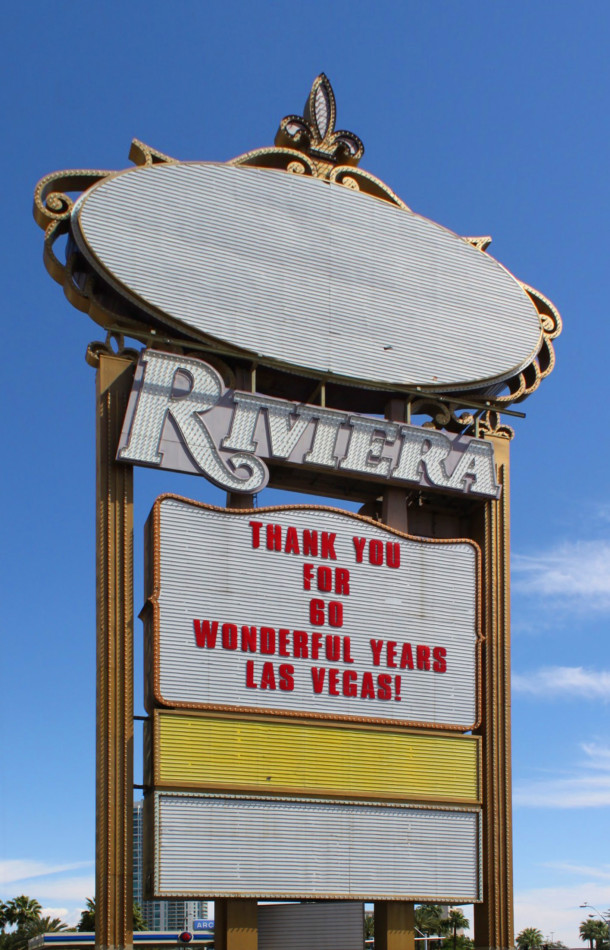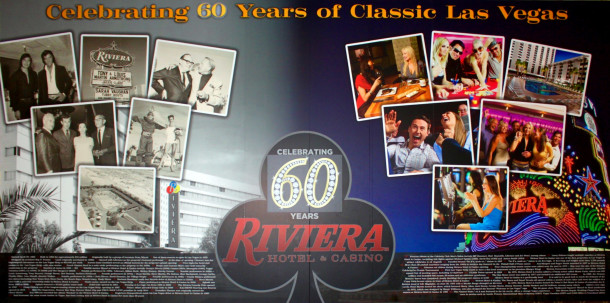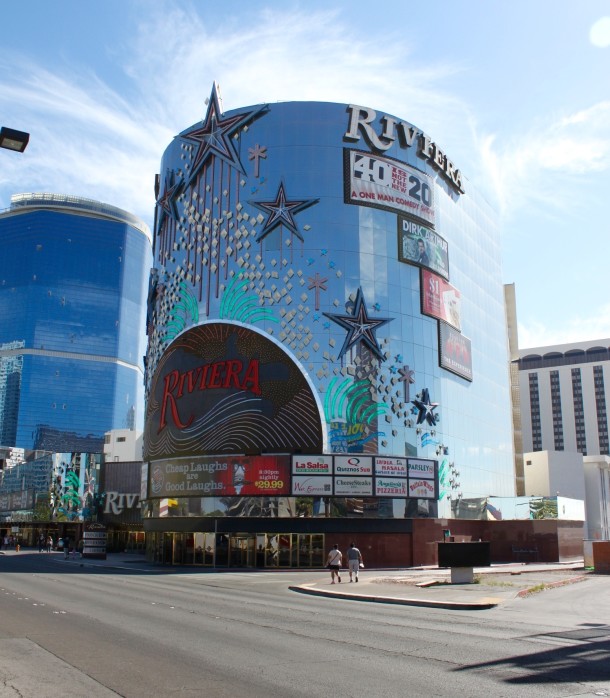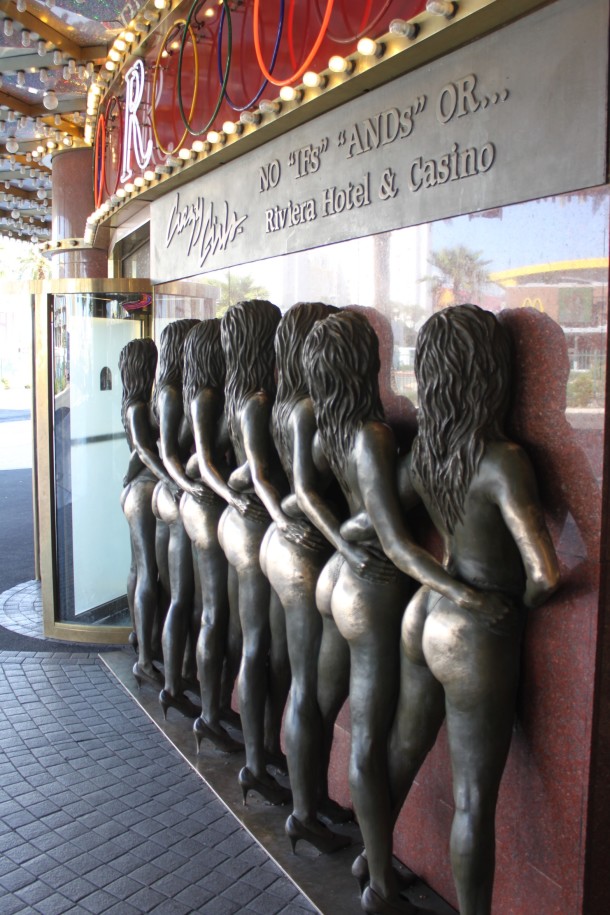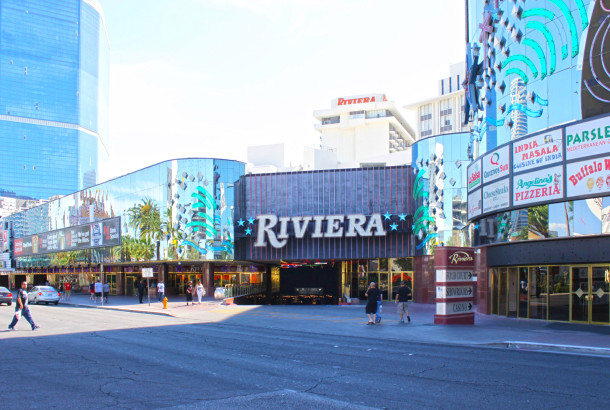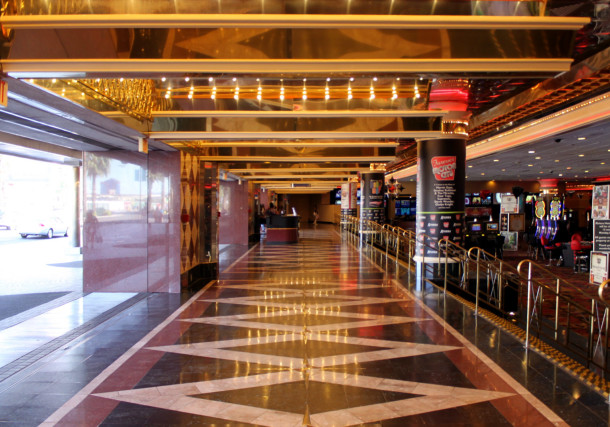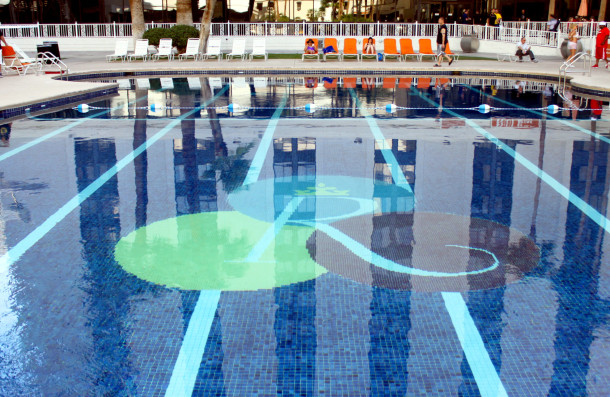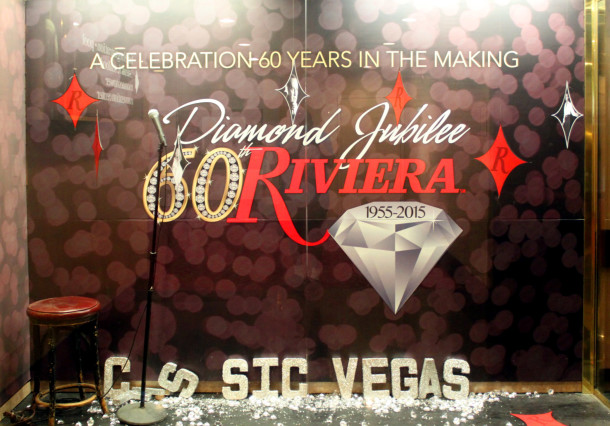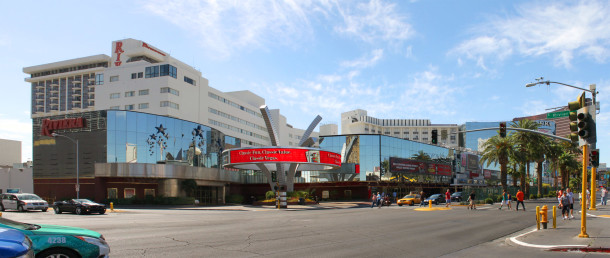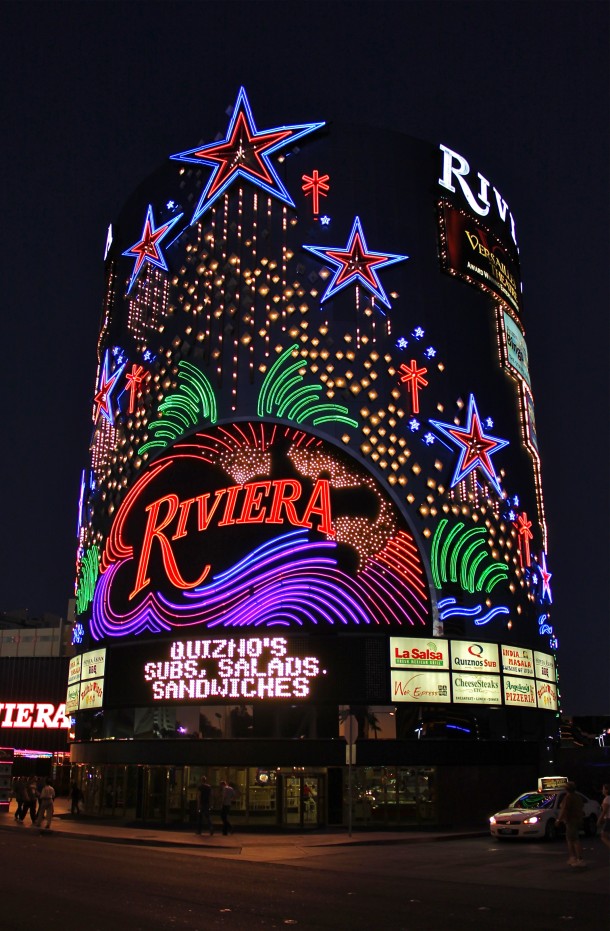The slot machines in the online mode allow you not only to have a fun time without leaving your house, but also to improve your financial well-being if you play for money. Every player dreams of winning money, who decided to take a chance and try his luck. The main question remains how to play for money at the freespins365.co.uk casino and get a gold profit?
The first way
The first way to become rich when playing casino is to develop the right strategy. The bottom line is that: The game of machine guns should bring pleasure. Luck is unlikely to smile at someone who is dissatisfied with any factors: the interface of the game slot, its rules. You should keep your statistics and watch it. For example, the statistics of winnings are kept on the site of the casino. The higher the score, the greater the chance of a favorable outcome. If during the game process for three scrolls of the reel the winning position is not displayed, you should switch to another gaming machine. In the same way it is recommended to enter if luck on the slot machine smiled three times in a row.
The second way
The second way is training. Most players who can boast of large jackpots started playing casinos for fun. Recommended: The first time to learn gambling machines without financial investments, playing in the demo version. Do not put a large amount of money on just one machine. It is better to divide the money for 2-3 machine guns, so the chance to win increases at least 2 times. You should not train every day. Gambling machines are not a job that brings a steady and stable income. Casino, first of all, bring pleasure and additional earnings. It is important to be careful and not to drive horses. Sometimes it is better to spend more time training and get the coveted amount than to lower your “blood”.
The third way
The third way to win money is to learn how to cope with your emotions. The human factor can both have a beneficial effect on the game, and lead to a loss. For example: It is not recommended to start the game in a state of depression, aggression and alcoholic intoxication. Negative emotions do not accompany luck. Anger and an uncontrolled mind due to the effects of alcohol are frustrating. It should be understood that constant luck or a large jackpot is better to take than doubling with them the stakes at the next game. It is important to be able to stop at times, it is better to play “tomorrow” than to lose “today”. Moreover, to lose not only the jackpot, but also it’s originally invested money. It is necessary to choose your casinos to save your finances. You can find an article how to do it here: casinoomega.com You can read reviews, communicate with real players, trust professionals, but only rely on yourself. Only you yourself can, how to win your own money, and lose. No one will return them if you are not careful.
Photo by: LasVegas360.com
